A Japanese Breakfast - the Healthiest in the World?
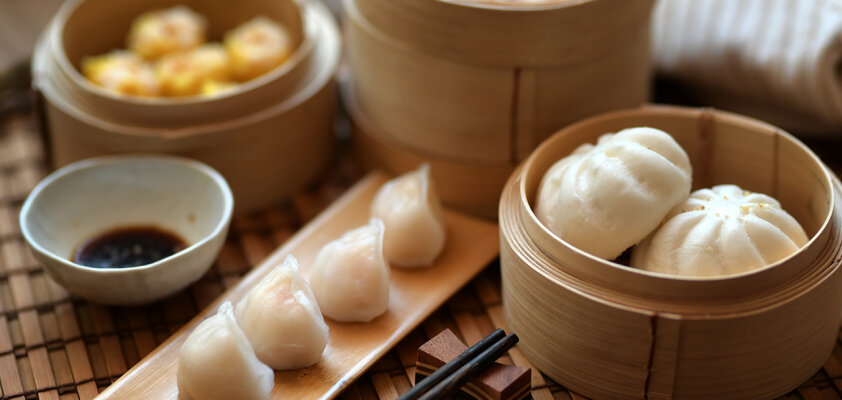
It is considered the most important meal of the day, and in Japan, it is taken seriously. Rarely is breakfast so rich and diverse. How does one start the day like a Japanese?

Recipes in this blog post:
A little story about the first meal
What do people eat for breakfast in Japan - ramen or cereal, croissants or sushi? Everything is possible, but the traditional Japanese breakfast - 朝御飯 Asa Gohan - looks quite different. Gohan can be translated simultaneously as "dish" and "rice." In fact, rice and miso soup, tofu, and grilled fish are not uncommon on the Japanese breakfast table. How did it come to be this way?
A healthy breakfast has been essential for the Japanese for a long time and dates back to the era when the majority of the population were farmers. Since working in the fields was hard, the morning meal had to provide plenty of nutrients, taste good, and be light enough. Rice, with its many carbohydrates, makes sense, and eggs, tofu, grilled salmon, and even natto (fermented soybeans) are valuable sources of protein. Meat is rarely on the menu - if it is, preferably fried pork or chicken. The healthy breakfast is complemented by vitamins from a warm miso soup and pickled vegetables. Japanese occasionally enjoy green tea or soy milk - but not infrequently, the miso soup already serves as a beverage. No wonder Japanese cuisine contributes to a high life expectancy.
The composition follows the diverse principle of traditional Japanese cuisine, Ichiju-sansai. Literally meaning: one soup and three dishes with gently prepared, seasonal ingredients. That's what makes up the Japanese breakfast and provides a balanced diet with all the nutrients without being too heavy. A perfect start to the day! You can experience such a start best in a traditional inn, a Ryokan.
And what do you eat in the morning today?
However, times have changed. According to an online survey from 2015, almost half of the Japanese still eat the traditional breakfast. A few even start their day with a hearty ramen noodle soup. However, about a quarter prefer bread instead. The Japanese bread, called Shokupan, is quite different from ours: white and fluffy, it is sliced thickly, and jam goes best with it.
Very few dare to try muesli or cornflakes, let alone sweet pastries or fruit. Nevertheless, this type of Western breakfast is often seen in popular cafes:
Pancakes with lots of syrup and fruits, milky coffee, and fruit salad with yogurt and chia seeds. At typical hotel buffets, both are usually offered together - the toast with jam right next to the controversial natto, which often surprises foreign guests.
On the other hand, 14% of all Japanese completely skip breakfast. Among them are probably many salarymen - office workers who have little time to eat. Students grab a cup of coffee and an onigiri rice ball, a sandwich, or a melon bun from the konbini (convenience store) on their way to the university in the morning. Both are not optimal, considering that food in Japan has an important social component. However, this is often shifted to the evening, such as during a shared izakaya visit or okonomiyaki party.
What does an Asian breakfast look like in other countries? In South Korea, they also like it hearty: traditionally, the morning meal does not differ too much from the Japanese version. Here, however, more meat than fish is found, and of course, kimchi is a must. A Chinese breakfast can range from hearty dumplings to noodles to tofu pudding. Chinese dim sum, small snacks served with tea, are popular. Pho and other savory soups lead the breakfast offerings in Vietnam, and in Thailand, people enjoy Asian rice porridge in the morning. Especially in Southeast Asia, there is a preference for various variations of coffee in the morning.
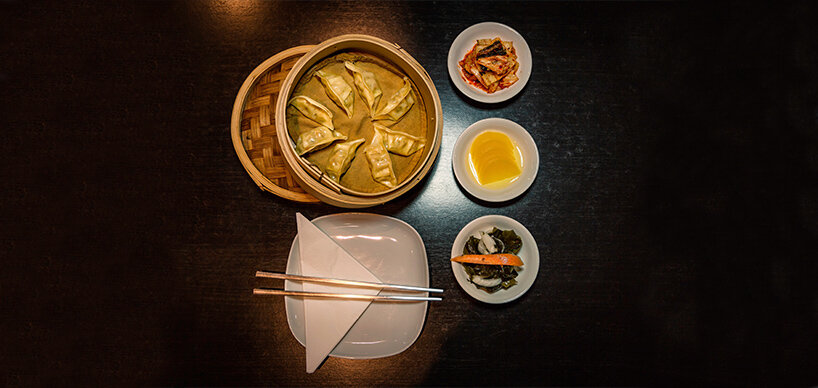
Breakfast recipe: Japanese food culture at home
 2 personsNo. of persons
2 personsNo. of persons
 ca. 45 minutesTotal Time
ca. 45 minutesTotal Time
 easyLevel of difficulty
easyLevel of difficulty
 BreakfastDish
BreakfastDish
 ca.300kcal per portionCalories
ca.300kcal per portionCalories
 Fish
Fish
 Lactose-free
Lactose-free
 Eggs
Eggs
 Kitchenware
Kitchenware
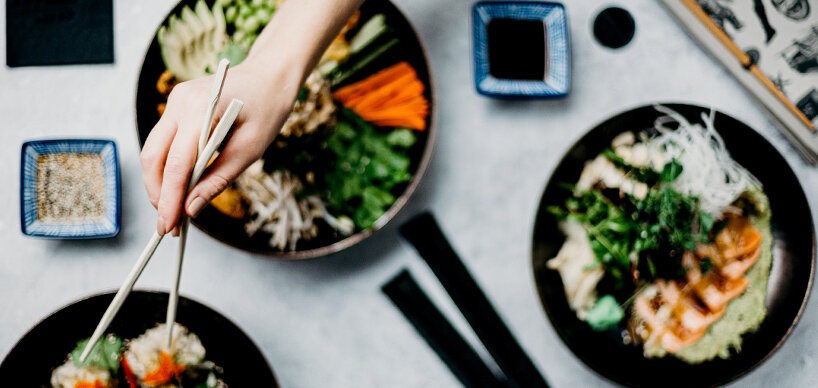
|
100g
(Japanese) rice
|
|
1
raw or boiled egg, or Japanese omelette
|
|
1 tbsp
miso paste
|
|
300ml
Dashi (Japanese fish stock) or vegetable stock
|
|
1
Spring onion
|
|
60g
white or silken tofu
|
|
1-2
Nori seaweed leaves
|
|
150g
salmon fillet
|
|
1
lemon
|
|
Vegetables or fruit of your choice: pickled or fresh, for example radish, cucumber, eggplant, plum and cabbage
|
|
Soy sauce
|
|
Some grated ginger
|
|
To taste
|
|
Furikake spice mix as required
|
|
Green tea at will
|
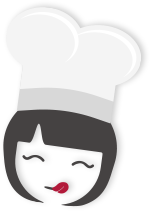
To make the breakfast authentic, also pay attention to Japanese table manners. The bowl of rice is usually placed on the left, the soup in the middle. At the top "sits" the fish as the main dish, and around it, the "side dishes" are served. Naturally, breakfast, like almost all Japanese dishes, is eaten with chopsticks, and slurping is allowed.
Wishing you a delicious start to the day!

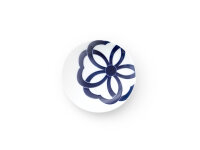
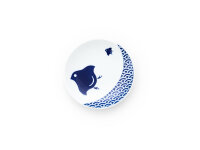

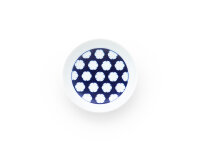
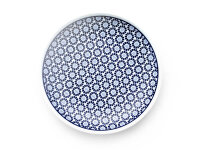
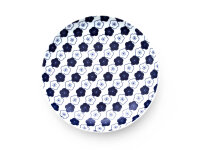
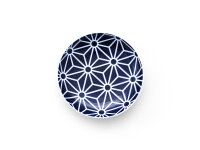
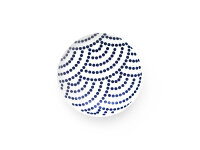
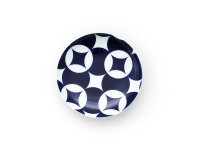










-from-the-yakiyaki-grill-pan.jpg)




